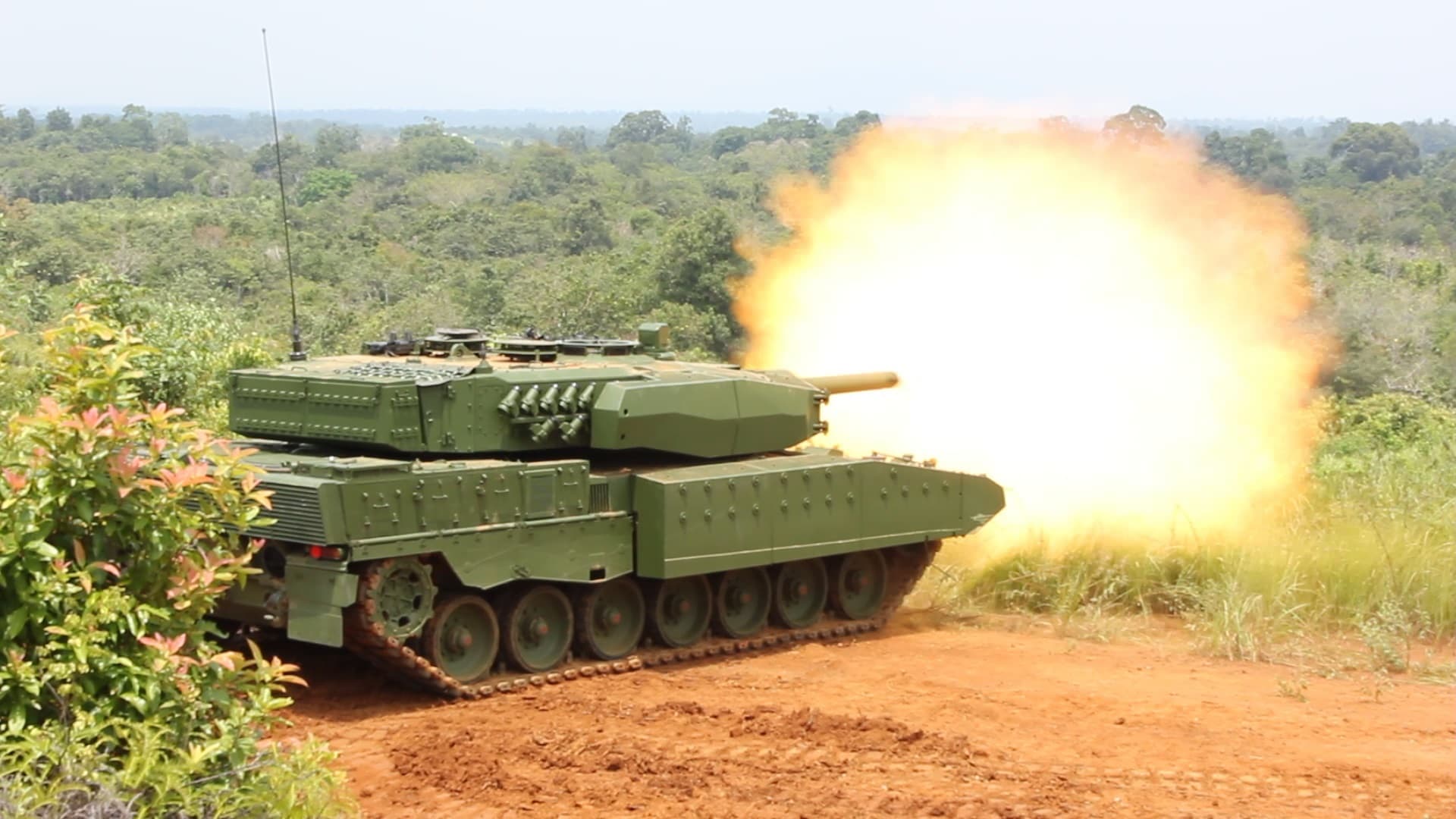Citing the open-source intelligence-gathering organization Oryx, CNN reported that as many as 16 Bradley infantry fighting vehicles have been destroyed by Russian forces during the early stages of Ukraine’s counteroffensive. Multiple mainstream outlets further report that additional U.S.-provided armored vehicles and German-built Leopard tanks have been destroyed during the advance.
Oryx’s findings tend to be very well documented and often include pictures and other specifics, but the exact damage to Ukrainian armor is hard to discern with complete precision. In any case, these kinds of losses would be in no way surprising.
Any mechanized force surging forward at an enemy puts itself at great risk — Ukrainian armor on offense will confront significant and highly concentrated pockets of armed enemy resistance. For armored vehicles operating in a purely defensive capacity, the level of risk, vulnerability, or exposure to enemy fire is quite different. Advancing armored vehicles are susceptible to ambushes, hit-and-run attacks, and anti-armor strikes from elevated, obscured, or protected positions.
Russian Anti-Armor Tactics in Ukraine
While Russian fighters are known to suffer morale problems and have been observably ineffective at various kinds of combined arms maneuvers, they have probably learned from analyzing Ukraine’s highly successful anti-armor attacks. Ukrainians were not only effective with anti-armor weapons such as Javelins with a proven ability to decimate armor, but were also tactically enterprising. Ukrainians used decentralized, dismounted groups of attackers leveraging terrain, altitude, and narrow passageways to destroy Russian armor while remaining elusive targets themselves. For instance, it was quickly learned that Russian tanks were particularly vulnerable to top-down attacks, as these are less armored and probably lack hemispheric Active Protection Systems able to track and intercept incoming fire from above.
The loss of Western armored vehicles also raises a critical intelligence question: Will Russian soldiers and weapons developers be able to study the built-in technologies, electronics, targeting sights, and armor composites of disabled vehicles? When thinking about this question, it is critical to note that the U.S. and many of its NATO allies have been selling export variants of the Abrams and other vehicles to friendly countries for quite some time.
These variants are quite different from domestic platforms. Details of these differences are not likely to be available for security reasons, yet the Abrams tanks the U.S. has sold to countries such as Iraq and other allies probably have very different electronics, targeting sights, computing, and sensors. The differences would be specifically meant to protect U.S. secrets and advantages.
Kris Osborn is the Military Affairs Editor of 19FortyFive and President of Warrior Maven – Center for Military Modernization. Osborn previously served at the Pentagon as a Highly Qualified Expert with the Office of the Assistant Secretary of the Army—Acquisition, Logistics & Technology. Osborn has also worked as an anchor and on-air military specialist at national TV networks. He has appeared as a guest military expert on Fox News, MSNBC, The Military Channel, and The History Channel.
From 19FortyFive
Footage Shows World War I Guns Being Used in Ukraine
‘Vacuum Bombs Destroyed’: Ukraine Footage Shows Putin’s Thermobaric Rockets Destroyed
BOOM! Ukraine Video Shows Precision Strike on Russian Air-Defense System

